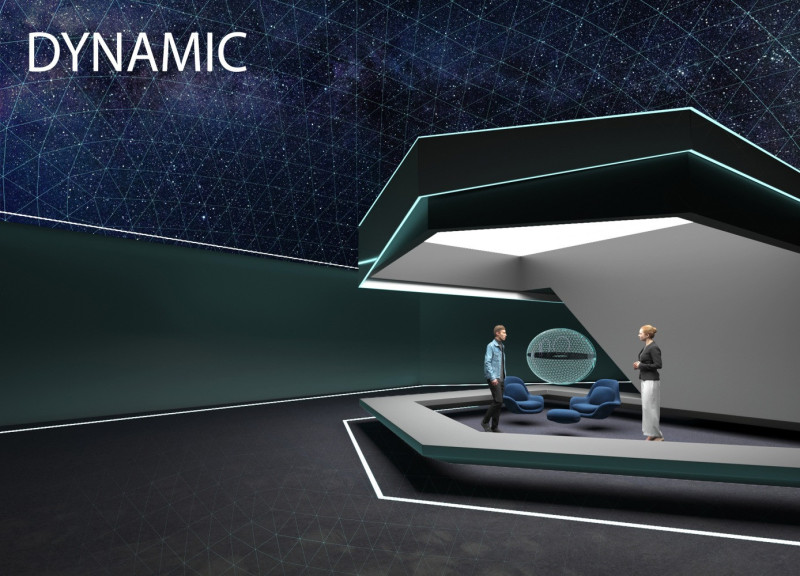5 key facts about this project
The design envisions a new approach to living in the metaverse, known as the parallel world. It consists of a virtual home that provides a variety of functions, such as gaming, socializing, virtual tours, and creative tasks. The overall concept focuses on creating an environment that connects the physical and digital realms, promoting adaptability and fluidity to enhance user experiences in a vast virtual landscape.
Conceptual Framework
The core idea revolves around a home that does not conform to fixed shapes or spaces. This flexible design allows the environment to shift based on the needs and preferences of its users. The virtual home becomes a gateway to countless activities, encouraging users to engage in a wide array of experiences that the metaverse has to offer.
Portal Integration
Portals play a crucial role in connecting the avatar, which symbolizes the user, to the virtual home as well as to different worlds, including brands and individuals. They enable interactions that range from virtual shopping to entertainment and education. Through these connections, users can easily navigate between diverse digital environments, increasing their level of engagement and participation.
Dynamic Spaces
The design emphasizes a fluid nature for forms and textures within the virtual home. Spaces are not static; they respond to the characteristics and moods of the avatars using them. This adaptability creates an ever-changing environment that enhances the user experience, allowing participants to actively shape their surroundings based on their interactions with others.
The Void Concept
A significant aspect of the design is the inclusion of "The Void," representing the entry and exit points of the virtual home. This idea illustrates the interaction between the physical world and the digital space, highlighting the transitions that users can experience in the architecture. The design ultimately presents a rich environment that celebrates creativity and technological innovation, offering endless possibilities for exploration and engagement.






















































